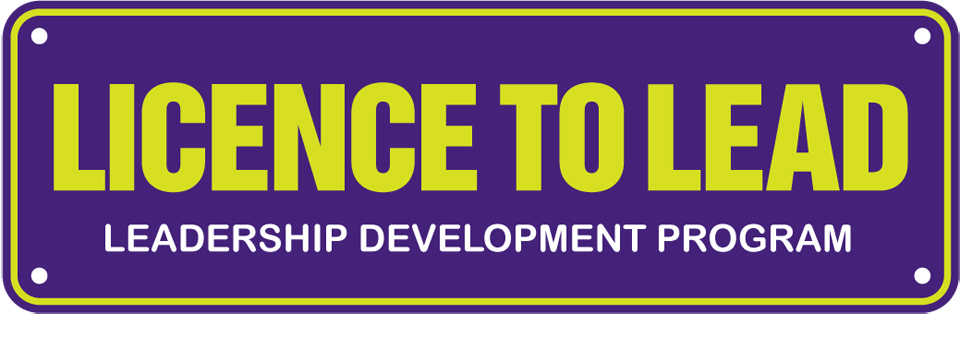Ho, Ho, Hold on a minute. The year is not done yet.
 Tuesday, December 2, 2014 at 9:51AM
Tuesday, December 2, 2014 at 9:51AM 
OK, so the silly season has officially begun. But before you go silly, let's have a serious discussion. Do you want 2015 to be a repeat of this year or something much, much better?
Many of us are about to put the cue in the rack and call 2014 a day. If we are not careful we might write this year off, go and have a break (and we should), then rock up back to work in 2015 and ... same ol' same ol'.
Use the next few weeks to set the next 12 months up to be not just good, but great. Here are a few ideas that you could commit to.
- Get your key people together for as long as you can manage - be that an hour or a day.
- Conduct a review of the last 12 months. List successes and failures. Go through the calendar, month by month, and list the highlights and low lights.
- Create a vision for 2015. Simply ask yourself this question - 'In December 2015, what do I want to be different to today?' List how you want things to be better this time next year.
- Prioritise the key result areas. Ask 'What are the five big ticket items for 2015?'
- List just three things you need to achieve in each of the five areas.
 2015
2015 



